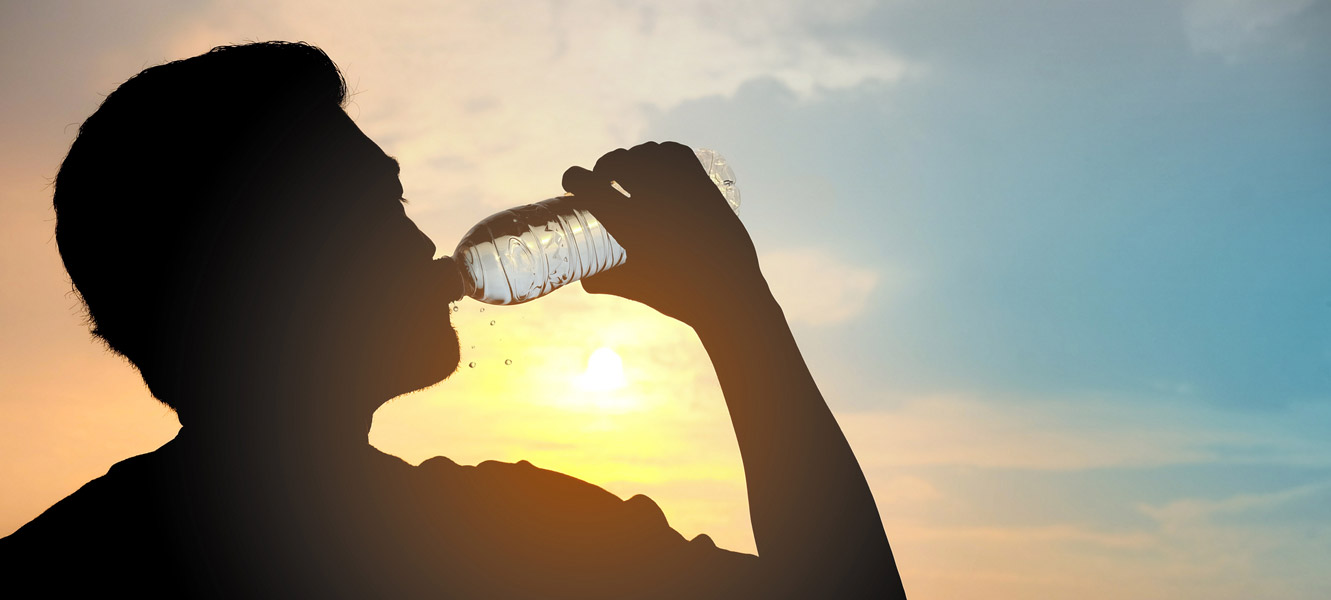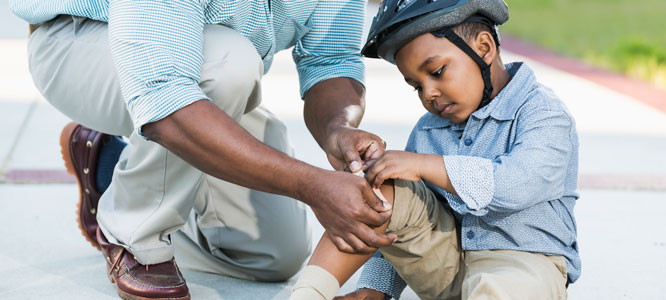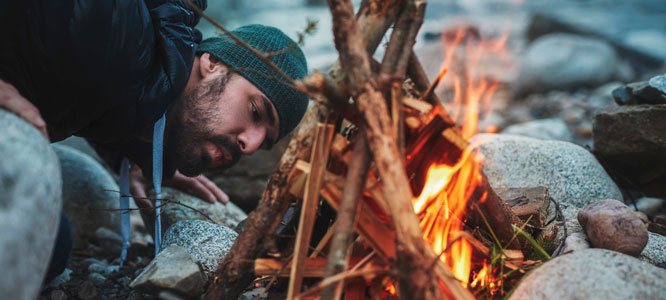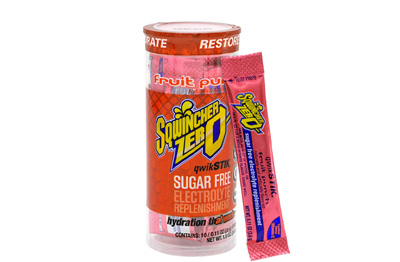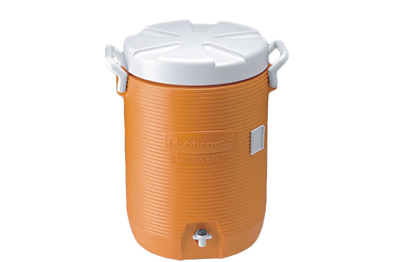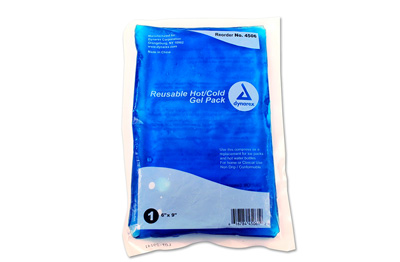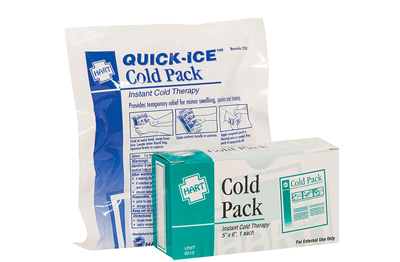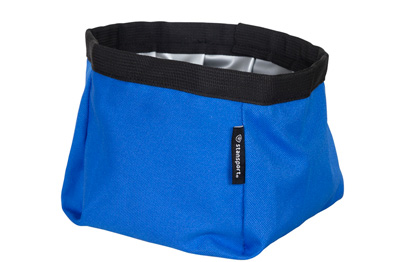Summer Safety Tips for Heat
Tuesday, January 26, 2021
Summer’s in full swing, and that can only mean one thing: more opportunities for injuries and accidents. Okay, so it’s not all gloom and doom, but what better way to transition into any season than with the complete peace of mind that only proper preparation can bring? Being properly prepared can’t stop every disaster in its tracks, but understanding your risks and being prepared with the right equipment, knowledge, and a game plan can mean the difference between fun or fiasco.
Because summer comes but once a year, it can be easy to forget your summer safety tips. Last year, you swore you’d start applying sunscreen 20 minutes before heading outside and that you’d reschedule your evening runs for the morning and drink plenty of water, but as summer turned to fall and fall to winter, your summer safety tips naturally waned. Worry not. In today’s post, we’ll be talking about one of the most common summer-related dangers: heat.
Heat Safety
As temperatures rise, many parts of the country experience some of the more negative effects of heat. Sun and warmth are an essential part of any summer vacation package, but when a heat wave hits and temperatures begin to creep into the 80s, 90s and beyond, it’s time to exercise additional caution.
Heat is experienced differently by different people. Some have a higher tolerance for it and will feel less hot while others are already wiping the sweat from their brow. But sweating and feeling hot can oftentimes be poor indicators of
heat-related risks, which can sometimes be extreme, like in the case of heat stroke. Regardless of how well you think you can tolerate the heat, during the summer you should always:
- Drink more water and other cool fluids
- Use ice, if available
- Use a fan or air conditioning
- Find a spot in the shade or another cooler place
- Avoid the outdoors between 11am and 4pm
- Limit physical activity outside
- Protect yourself with sunscreen
- Wear loose, breathable, lightweight clothing
- Wear a hat or carry an umbrella
Some people are more susceptible to heat-related dangers than others. Seniors and babies are at a greater risk of heat stroke, which is an emergency situation. Additionally, dogs, particularly those with dark coats and short noses, are also more prone to overheating during the summer months. We’ll cover dogs in more detail further on.
Age
Age is a major risk factor for heat illnesses including heat exhaustion and heatstroke. Because the central nervous system controls your body’s temperature, small children, and elderly adults over the age of 65 aren’t capable of coping with extreme heat as well as healthy people in their 20s, 30s, or 40s.
Senior citizens require extra precaution to protect them from suffering from extreme heat and dangerous illnesses like heat stroke. Pay attention to symptoms. Acting fast can save a life.
Medications
Your body’s ability to cool itself depends on a variety of factors including sweating and blood vessel dilation. If you take medications that act like diuretics, making it difficult to stay hydrated, or you’re on blood pressure regulating medication, which can narrow your blood vessels, you’ll be more inclined toward developing heat illness. Additionally, certain types of medicines such as antibiotics increase your risk for developing a sunburn.
Your doctor should talk to you about your medications’ side effects, but if you have concerns about the medications you’re taking, you should always feel comfortable starting a conversation with your doctor.
Drugs & Alcohol
Drinking alcohol affects your body’s ability to regulate your temperature and is a diuretic, which causes dehydration. Diuretics confuse your body into thinking that it needs to get rid of excess water to restore the balance in and around your cells. Because of this, you’ll urinate more frequently. However, because your body isn’t actually storing any excess water, you’ll end up becoming dehydrated, which is particularly dangerous in the summer when you’re also sweating.
Dehydration is a loss of fluid and an upset in electrolyte balance, which can lead to muscle cramps, called heat cramps. If you’ve consumed alcohol, energy drinks, or coffee, or you’re dehydrated from exercise and sweating, it’s vital that you don’t just replace fluids in large quantities. Consuming plain water may result in a further imbalance, which can cause complications such as fainting and irregular heartbeat.
- Avoid alcohol
- Drink coffee in moderation
- Consume water regularly
- Pair water with orange slices and pickles for electrolyte replenishment
Electrolytes consist of potassium, sodium, calcium, and magnesium. Here are some additional natural sources to help replenish your electrolytes safely and effectively:
- Almonds
- Avocado
- Bananas
- Bell peppers
- Bok choy
- Broccoli
- Cashews
- Collard greens
- Dried fruit
- Kale
- Kiwi
- Melon
- Peaches
- Spinach
- Sweet potatoes
- Swiss chard
- Tofu
What Are Heat-Related Illnesses?
Heat Exhaustion
Heat exhaustion is the result of overheating, which can be caused by any of the factors we already discussed above. Anyone can be prone to overheating and heat stress, so it’s important to take proper precautions to help prevent heat exhaustion. The early warning signs and symptoms of heat exhaustion include:
- Headache
- Dark urine
- Thirst
- Dizziness
- Excessive sweating
- Rapid weak pulse
- Muscle cramping
- Stomach upset
- Heat rash
Heat exhaustion is a dangerous condition because it can quickly evolve into heatstroke, which is life-threatening. Preventing heat exhaustion is particularly important in people who’re already at risk for developing heat-related illnesses and those doing physical activity in excessive heat. If possible, move indoors. Take a cool shower, and sip cool water.
Heatstroke
Heatstroke is defined by a core body temperature of 104 F or more. If left untreated, heatstroke is life-threatening. It can damage the brain and other vital organs, including the heart and kidneys. Symptoms of heatstroke include:
- Lack of sweating or dry skin
- Throbbing headache
- Nausea and vomiting
- Rapid pulse
- Unconsciousness
If you suspect heatstroke, take action immediately!
- Move the affected person inside
- Remove any excess clothing
- Cool the person with whatever means available
- Use a fan
- Give them water
- Apply ice
- Press a cool cloth like a wet washcloth against their skin
The head, neck, armpits, and groin are the most effective and critical parts of the body to focus on when applying cold. Pay attention to the signs of heat stroke. It’s a medical emergency. Heat stroke can be a fatal heat related illness. Seek medical attention as soon as possible.
Pet Safety
We aren’t the only ones at risk for heat-related illnesses. Our furry companions, while they might seem more robust, are just as susceptible to suffering from overheating. Additionally, dogs can also easily experience burns, both from sun exposure and from hot pavement.
Help your dog stay safe this summer by understanding the risks and learning about prevention.
Overheating
Dogs “sweat” by panting, but because panting is limited to a smaller surface area, this method of staying cool is actually significantly less effective than our ability to full-body sweat. This means dogs are in fact more susceptible to heat-related illness, and certain breeds should be treated with more care. These include large breeds, long-haired and dark breeds, and breeds with short noses. Breeds with thick coats like Siberian huskies are also more susceptible to heat illness.
Since dogs keep cool by panting, this means it’s important to keep cool water or room temperature water available for your pet.
In a car, the dangers of heat buildup are even more severe. Even on a temperate day when temperatures only reach the 60s or 70s, a car parked in the sun can quickly become a deadly trap. Because of this, it’s critical to never leave your dog in a parked car, even for just a short while. Never under any circumstances leave a pet in a hot car.
Burns
Dogs have feet that are padded with lots of fat similar to whale blubber, which provides them with excellent insulation for trekking through snow. However, dogs’ feet aren’t immune to injury. Extreme heat, sharp objects, and even snow can cause damage to your pooch’s pads, and summer sets a perfect stage for mishaps. Remember that pavement, especially dark pavement, and other surfaces like metal, brick, and sand can become really hot in the summer.
- Touch concrete for five seconds
- If it’s too hot to comfortably touch, it’s too hot to walk on
- Apply sunscreen to white dogs and those with thin hair
- Try planning walks for early morning or after sunset to avoid exposing your pet to hot concrete.
Stay Safe & Have Fun
Summer is a fun time, but it can also be a dangerous time with its sunny hot weather. Check for a heat advisory or heat index in your area before planning to do any outdoor activity, especially strenuous activity in the summer heat. It’s also important to protect your skin from UV rays and reapply sunscreen.
Outdoor workers like those working in construction and older adults are at high risk of skin cancer and heat illness in hot weather, so it’s particularly important to use sun protection, wear lightweight, protective clothing, and stay hydrated.
If you’re planning a day out in the heat, bring plenty of water and a cooler with ice packs or other cold compresses.
Heat is dangerous because like a lot of nature’s furies, people simply tend to underestimate it. Don’t underestimate the seriousness of being trapped in hot conditions or running out of water. Protect yourself and your loved ones by acting on the side of caution, preparing yourself for emergencies, and learning emergency procedures.
We offer a wide range of training classes at our Van Nuys location. Check out our schedule to learn more about CPR, first aid, wilderness survival, and more. Heat exposure is dangerous and common in hot weather. The best summer safety tip is be prepared and stay safe. Beat the heat, don’t let it beat you.
